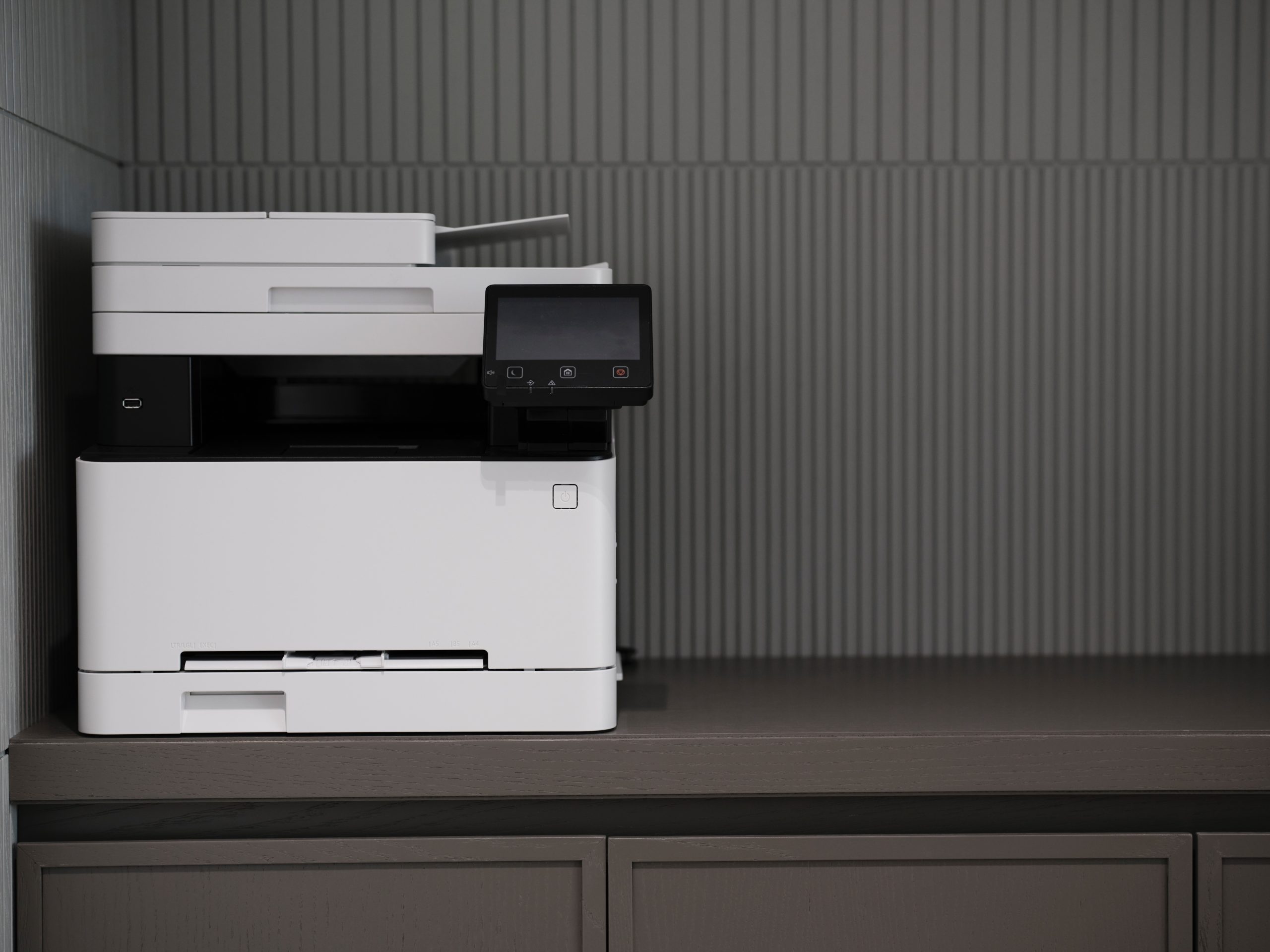The fax machine, also known as a facsimile machine, is a device that can send and receive documents over a telephone line. The invention of the fax machine revolutionized the way businesses and individuals communicate, making it possible to send documents quickly and easily over long distances. The history of the fax machine is a fascinating story of invention, innovation, and technological advancement.
The idea of transmitting images and text over a distance goes back centuries, with early attempts to create a fax-like machine dating back to the 19th century. However, it wasn’t until the late 20th century that the fax machine as we know it today was invented.
When Was The Fax Machine Invented?
The first commercially successful fax machine was developed by Scottish inventor Alexander Bain in 1843. His “Electric Printing Telegraph” was able to transmit images over a telegraph wire, but it was limited to transmitting images that had been engraved onto a metal plate. The device was too slow and too expensive to be practical, and it never became widely used.
Over the next century, various inventors made improvements to the fax machine, but it wasn’t until the 1960s and 1970s that the technology began to take off. In 1964, Xerox Corporation introduced the first commercialized fax machine, the Magnafax Telecopier. This machine was able to transmit images over a phone line using a rotating drum scanner, which was much faster and more reliable than previous methods.
In the 1970s, Japanese companies such as Canon, Ricoh, and Fujitsu began to produce their own fax machines, which were smaller, cheaper, and easier to use than the Xerox machines. These machines were also able to transmit documents in addition to images, making them even more useful for businesses and individuals.
In 1983, the ITU (International Telecommunication Union) standardized the Group 3 fax protocol, which allowed for high-quality image transmission over a phone line. This standardization made fax machines even more widely adopted, as it ensured that different machines could communicate with each other.
In the decades since fax technology has continued to evolve. The introduction of digital fax machines and internet-based fax services has made it even easier and more convenient to send and receive faxes. However, despite technological advances, fax machines are still used by many businesses and individuals around the world.
What Was The Need For a Fax Machine?
The need for fax machines arose from the desire to transmit documents quickly and easily over long distances. Before the invention of the fax machine, sending a document from one location to another typically involved physically mailing it or delivering it by courier, which could take several days or even weeks depending on the distance involved.
Fax machines revolutionized communication by allowing people to send documents almost instantly over a phone line. This made it possible for businesses to complete transactions and exchange information much more quickly than before. For example, contracts, purchase orders, and invoices could be sent and received quickly, allowing companies to process orders and payments more efficiently.
The need for fax machines was particularly acute in industries such as finance, insurance, and law, where the timely exchange of documents was critical. Fax machines also became popular with government agencies and healthcare providers, which needed to transmit sensitive documents quickly and securely.
Another advantage of fax machines was their ability to transmit high-quality copies of documents. Prior to the invention of the fax machine, making copies of documents was a time-consuming and expensive process, involving manual duplication or the use of photocopiers. Fax machines allowed users to transmit exact replicas of documents, which could be printed out at the receiving end.
Overall, the need for fax machines arose from a desire to improve communication and streamline business processes. By allowing people to send and receive documents quickly and easily over long distances, fax machines played a critical role in the evolution of modern communication technologies.
Also, Check How To Set Up A Fax Machine?
Conclusion:
In conclusion, the fax machine was first invented by Alexander Bain in 1843, but it wasn’t until the 1960s and 1970s that the technology began to take off. The introduction of the Xerox Magnafax Telecopier, as well as the subsequent development of smaller and cheaper machines by Japanese companies, helped to make fax machines more widely used. The standardization of the Group 3 fax protocol in 1983 further boosted the popularity of fax machines, and the technology has continued to evolve ever since.
